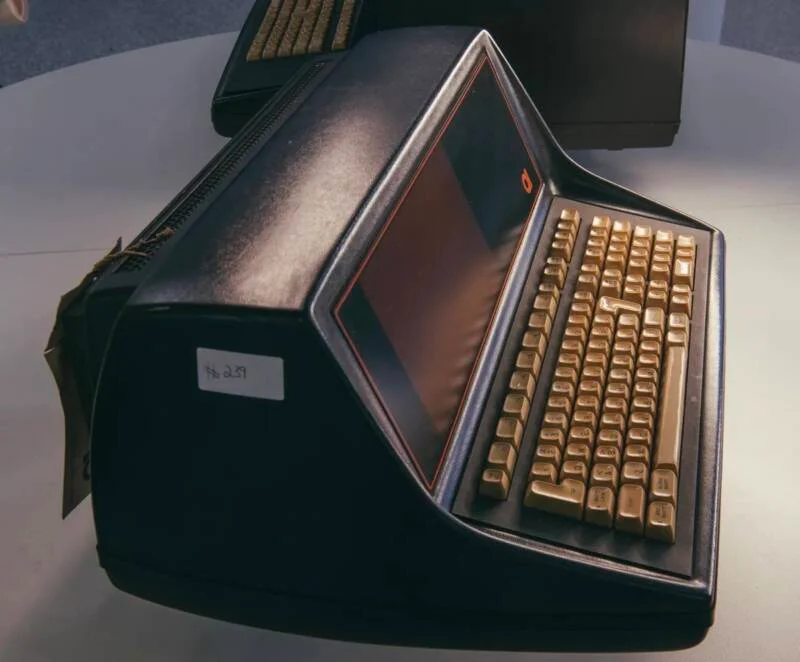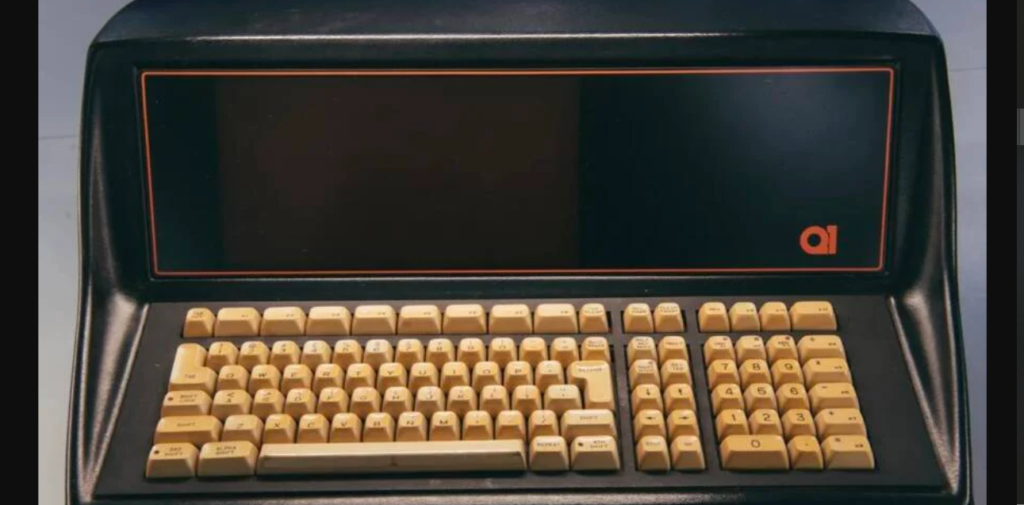LONDON — House cleaners find all sorts of incredible things — forgotten objects, lost family heirlooms, and the occasional priceless painting. At the end of last year, house cleaners in the U.K. stumbled upon another kind of treasure when they unearthed two Q1 microcomputers.
The devices look incredibly archaic to our modern eyes, but they were an important first step in heralding in the next technological age.
Discovering The Forgotten Computers
House cleaners with the U.K. company Just Clear were working on a property on Dec. 18, 2023 when they came across a pair of bulky machines buried under boxes. The machines looked like computers, with a keyboard and a long horizontal screen. But according to Just Clear’s founder Brendan O’Shea, the cleaners weren’t sure what exactly they’d found.
O’Shea set out to learn more, and discovered that the devices were Q1s — the first true microcomputer. Specifically, they were a Q1 Lite and a Q1 Microlite. Just a handful of them still exist across the world.
“I think it would be fair to guestimate maybe 10-12 Q1 Lites and Microlites in the wild right now, spread across five or so different sites across Sweden, Denmark, Germany, the US, and now the UK,” Paul Neve, Senior Lecturer at Kingston University, London, where the Q1s were put on display, told All That’s Interesting in an email. “I’m not aware of anyone who has an original, first generation Q1 — that would be a real find!”
They might not look like much today, but the Q1 microcomputers marked an exciting step forward in the computer revolution.

The computers spent decades buried under boxes at a UK property.
How The Q1 Microcomputers Heralded In A New Technological Age
According to Interesting Engineering, the Q1 microcomputer was first introduced in December 1972 by the Q1 Corporation, though Neve notes that the Q1 Lite and Microlite were released a little later in the mid-1970s.
The Q1 microcomputers marked an important moment in the evolution of personal computers. Not only are they seen as a precursor to modern-day PCs, but they were also the first devices powered by a single central processing unit or CPU: the Intel 8008 (as opposed to multi-chip microprocessors like their predecessors).
As Interesting Engineering reports, the chip was introduced just a few months before the Q1 microcomputers themselves, in April 1972, by the Intel Corporation. With a “clock speed” of 200 kHz, the Intel 8008 was seen as revolutionary. That said, chips today are so much more powerful that they’re measured in GHz (billions of cycles per second).
“The Q1’s champagne customer was NASA, and Q1 Lites were installed in all eleven NASA bases in 1974,” Neve explained to All That’s Interesting. “I suspect owners of Q1s in the 70s would have used their Q1s for many of the same tasks we use our PCs for in the office; one of the advertising straplines was ‘the ultimate office machine.’ A 1977 promotional brochure even suggests electronic mail as a use for the machine!”
Neve added: “But even in their heyday, they were comparatively rare — possibly because they were expensive, selling for $20K in 1979. By then, there were other microcomputers that were much more economical.”
As such, the Q1 microcomputers are a remarkable rediscovery. Not only do they show how quickly technology can change, but they’re also an important artifact from the evolution of computers.
“[W]ithout the early pioneers, including the Q1, we would not have the devices we take for granted today, that have so embedded themselves into everyday life, and that we scarcely notice anymore,” Neve remarked to All That’s Interesting. “We use the modern computer for our work, for our play, to communicate with family and friends, to watch TV, to do our shopping — the computer has truly become an everything device, but who knows what would have been without one or more of those early trailblazers?”



